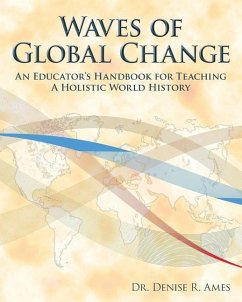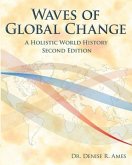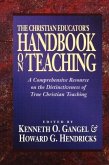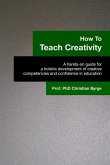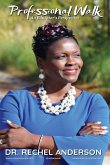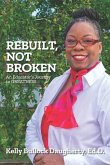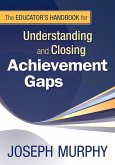Veteran educator Dr. Denise R. Ames has written this handbook especially for educators, K through University, and pre-service teachers in order to differentiate how this holistic world history is taught compared to a traditional world history. The book lays out the principles of the holistic world history model for educators to use directly in the classroom. The purpose of this handbook is to help educators conceptualize and teach about world history in a more holistic way using a systems approach, a global perspective, and a close examination of historical patterns. Laying out the principles of the holistic world history model for educators to use directly in the classroom, Waves of Global Change: An Educator's Handbook explores how all the facets of world history can be successfully pulled together into a thought-provoking and challenging course. This book is for educators and education students. Each chapter includes "Questions to Consider," spurring critical thinking and encouraging readers to "see" the information from perspectives beyond their own. Pictures, activities, suggestions, images, diagrams, graphs, and free on-line resources all heighten understanding. Table of Contents Chapter 1. An Introduction to a Holistic Teaching Model for Educators Chapter 2. Systems Thinking: An Approach to Understanding a Holistic World History Chapter 3. Worldviews: The Way We Look at the World Chapter 4. Waves of Global Change: A Holistic World History Model Chapter 5. 20 Advantages of a Holistic World History Model Chapter 6. Circle of Learning Chapter 7. World History Teaching Tools and Strategies > 1. An Introduction to a Holistic Teaching Model for Educators - After an introductory story about an imaginary woman who lives through the five waves of global change, this chapter introduces the holistic approach used in this world history. Key questions to consider in developing your world history course are posed. 2. Systems Thinking: An Approach to Understanding a Holistic World History - This chapter describes system thinking and makes suggestions on how it can be applied to a holistic world history course. Comparisons between a holistic world history and traditional world history are given and analyzed. 3. Worldviews: The Way We Look at the World - After giving a definition of worldview, the five worldviews-indigenous, modern, fundamentalist, globalized, and transformative-are explained with ideas for integrating this information into your world history course. 4. Waves of Global Change: A Holistic World History Model - This chapter gives an overview of the five waves-communal, agricultural, urban, modern, and global. Also, introduced are the five flows that flow through the universe, our solar system, life on earth, human evolution, and life today. The five comparative currents and twenty-five sub-currents are explained. 5. 20 Advantages of a Holistic World History Model - The 20 advantages of a holistic world history course are listed and explained, with examples given as well. 6. Circle of Learning - A circle of learning illustrates a way in which world history can be taught that utilizes six different skills: remember, understand, apply, analyze, evaluate, and create. Examples of the skills and prompts to use in the classroom are included. 7. World History Teaching Tools and Strategies - This chapter highlights fourteen suggestions and concrete examples for helping to make this holistic world history come to life for students. 8. Strengths and Weaknesses of the Holistic World History Model - This final chapter gives a wrap-up for this holistic teaching approach by considering the strengths and weaknesses of the model.

